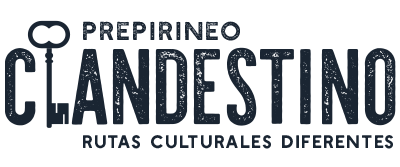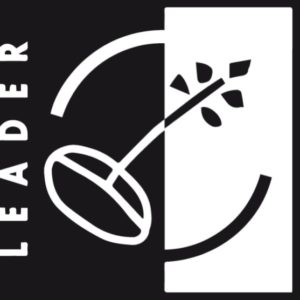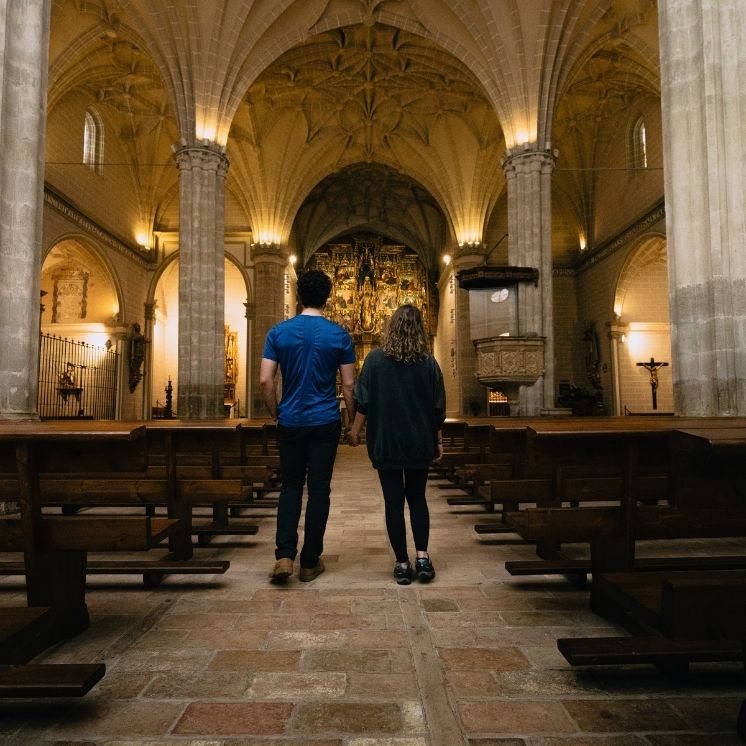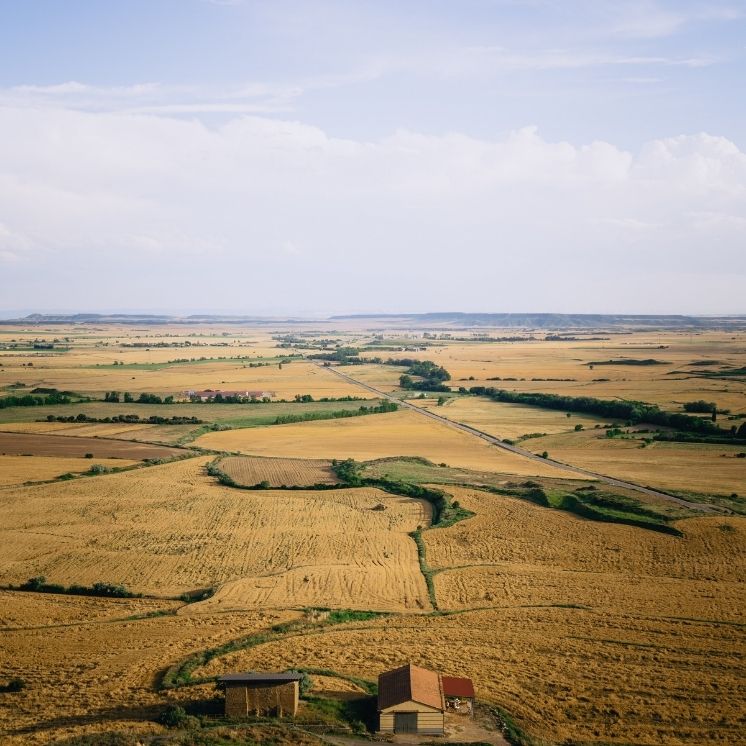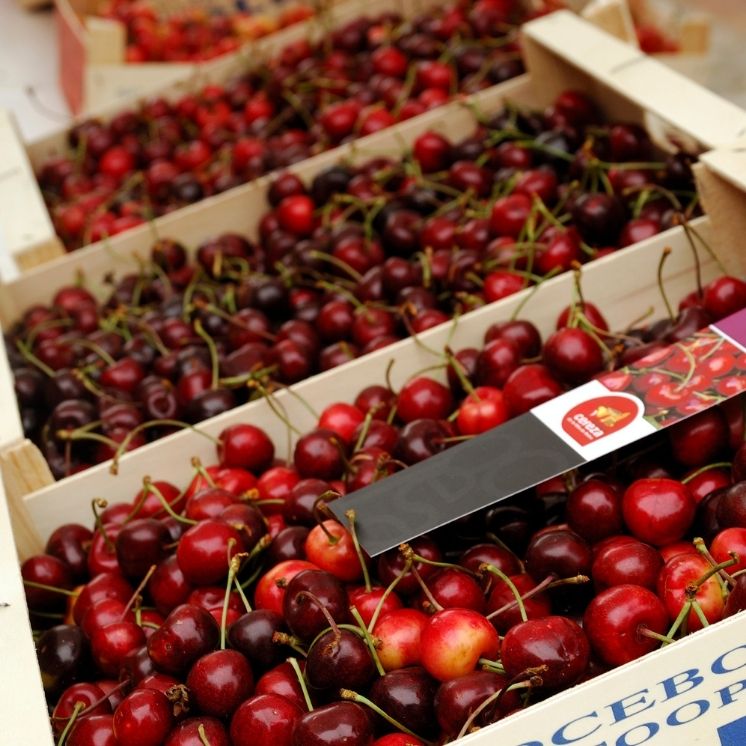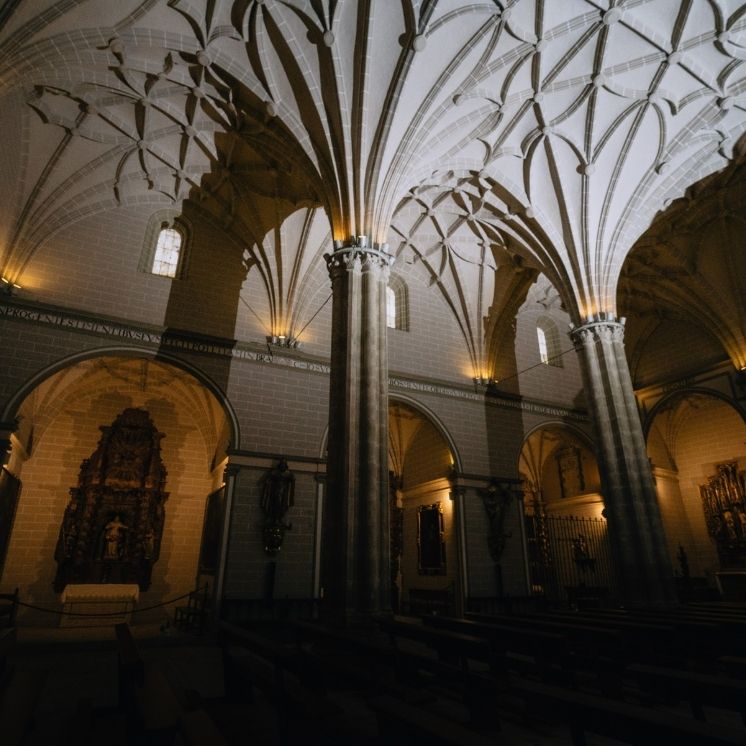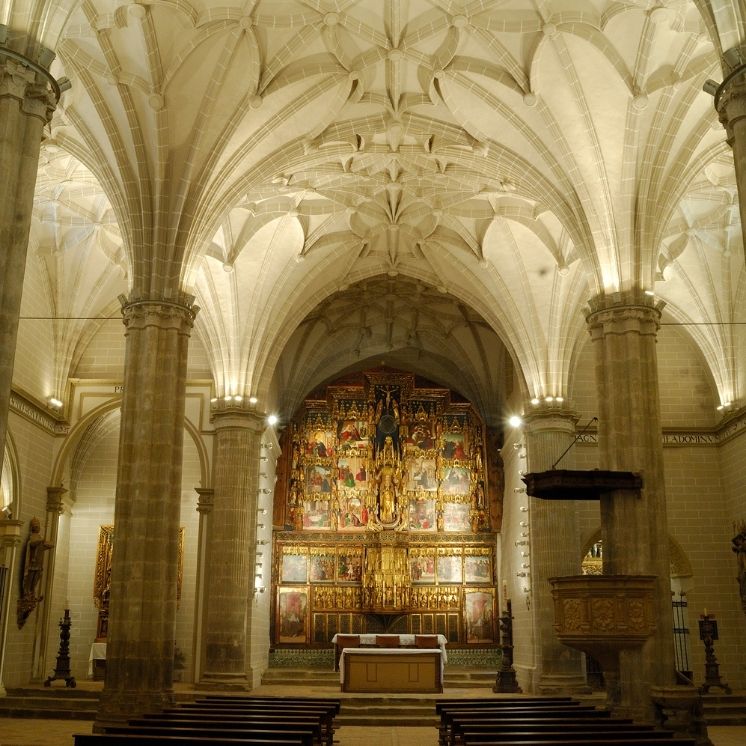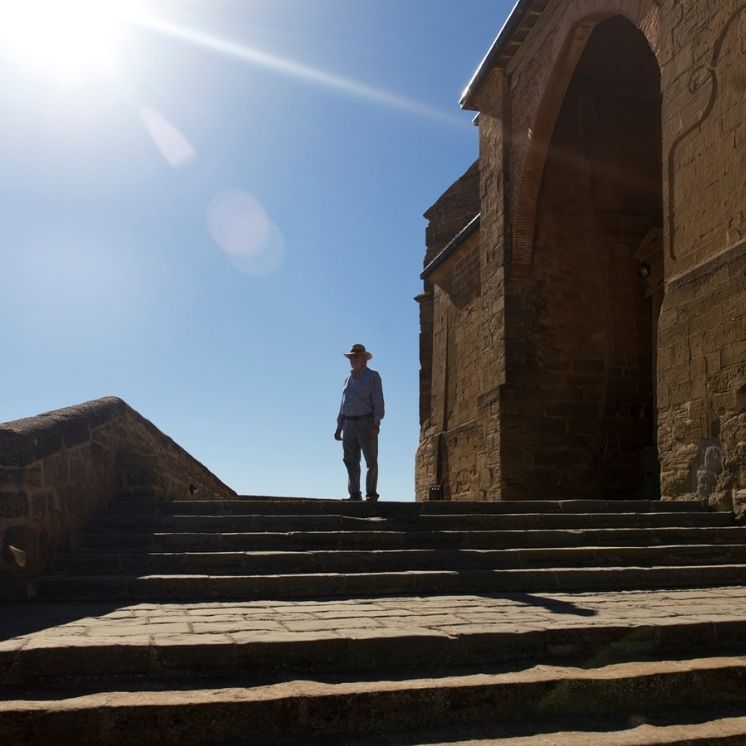Bolea
Bolea is a place to enjoy the slow life. Taking it easy! It is the ideal place to eat, rest and unwind. This place has plenty of history, from its foundation in the 9th century until today it has treasured secrets, art, shields and a great way to live.
How do you play Hunt the Treasure?
We’re going to give you some clues so you can find the treasure. They are spread throughout the city, and you need to get them in the correct order. Remember to bring paper and pen. When you have them all, you will have the key to unlocking the location of the gold coins. At the bottom of the page, you have access to the treasure. You have to enter the clue numbers in the correct order: the first number of the first clue, the second number of the second clue, and so on.
MARÍA DE LUNA’S SEARCH FOR THE TREASURE
The history of Barbastro’s treasure had almost been lost in time. For nearly a century, no one looked for it. Since Sancha de Aragón, no other queen had searched, because they believed that Dona Sancha had found it and that with the money she had founded the Monastery of Sigena. But then María de Luna arrived: The Great María de Luna.
María and Martín el Humano had not imagined they were going to reign. But a stroke of luck changed their lives, and suddenly they were the King and Queen of Aragon.
When it happened, Martin was in Sicily, and Maria had to stop the Count of Foix and the widow of the former king, Violante de Bar, who, under the pretext of being pregnant, aimed to occupy on the throne.
Maria, who was a great strategist, saw that first of all she needed money to be able to conquer, defend what she had conquered, and then reign in peace. Then she remembered the legend of Petronila. The story mentioned two locations that her husband had given her as a dowry: Bolea and Loarre. What if Queen Sancha had not found the treasure? Her lands were included in the manuscript, and it was only a question of solving some clues. Maria, who was incredibly intelligent – (it was not for nothing they nicknamed her “the Great”) – decided to look for the treasure.DOWNLOADABLE MAP AND ROUTES
CLUE NO.1 MAIN STREET
Bolea is in a privileged location. It is behind the mountains of Loarre, Gratal and Caballera, which at more than 1500m high protect the town; and it is also at the edge of the Sotonera plain, crossed to the west by the river Sotón.
It is a tranquil place where life goes on peacefully, and you can enjoy tranquillity, good local products and a relaxed lifestyle.
The main street of Bolea still bears the signs of its stately past. Big manor houses of the XVI century line the street. Houses which, in the eighteenth century, were emblazoned with coats of arms to show off the nobility of its inhabitants. We can count about 16 different coats of arms – a large number when considering the population of Bolea.
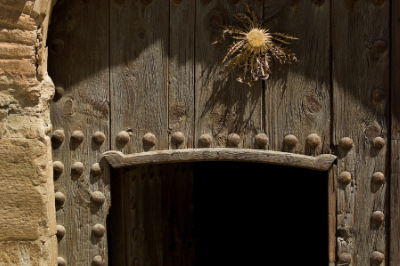
CLUE: THE MONREAL FAMILY, LORDS WHO TOOK UP ARMS
LOCATION
CLUE: THE MONREAL FAMILY, LORDS WHO TOOK UP ARMS
One of the most profusely decorated shields is that of the Lords of Monreal. Locate it and count the number of flowers hanging from its garlands.
LOCATION
CLUE NO.2 MAIN SQUARE
The Plaza Mayor is the place where most things happen. The Plaza Mayor of Bolea became the centre of the town in the XVI century.
But what happened in Bolea during this century that caused so much new building to take place? In reality, it was not only in Bolea but in all of Aragon. The sixteenth century was a moment of tranquillity. As the population and wealth increased, the towns changed their configuration. This is also the case in Bolea, which went from being a small, walled village to becoming the town it is today.
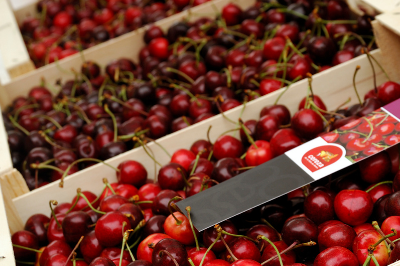
CLUE: THE BEST OF BOLEA
LOCATION
CLUE: THE BEST OF BOLEA
In Bolea on the Sunday closest to June 13, they celebrate San Antonio, and it is a feast day. A big festival is held for one of Bolea’s flagship products. Do you know what it is? Add up the letters of the word in the plural.
LOCATION
CLUE NO.3 MONASTERY OF OUR LADY OF SOLITUDE
There was a Romanesque church in Bolea, the church of Santo Tomás, which was donated by Ramiro II El Monje to the town. But that church was not well maintained and being almost in ruins, a new church, the current church of Nuestra Señora de la Soledad, was built on the same site.
Why was the Romanesque church so run-down? One of the causes is almost certainly the expensive participation of the town of Bolea in the conquest of Sicily. Queen María de Luna, the owner of the village, heavily taxed the inhabitants of Bolea, even those who were exempt from tribute, like the nobles. That left the city without funds and with little maintenance, until the sixteenth century.
At this time, a religious guild was founded in Bolea – Nuestra Señora de la Soledad y Angustias – which promoted new construction. But it was not until 1798 when the work you currently see was finished. The floor plan of the church is a bit strange because where they wanted to build there were terraced houses and so there was no room to develop a typical floor plan with side naves.
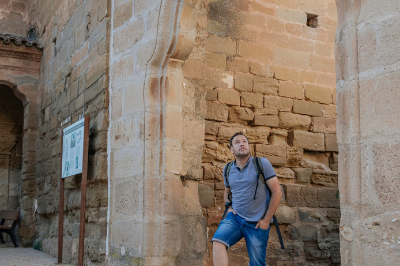
CLUE: IF I CANNOT SEE IT, I DO NOT BELIEVE IT
HOURS
LOCATION
CLUE: IF I CANNOT SEE IT, I DO NOT BELIEVE IT
The monumental arch that is attached to the Church has seen a thousand adventures. It is the entrance arch of the monastery of the Trinity of Bolea. When the monastery was abandoned, it was transformed into the entrance door of a noble house of Bolea. And now it is here, next to the church. Of what religious order was the convent of the Trinity? Add up the letters. On the panel, you have a clue.
HOURS
Open for worship.
LOCATION
CLUE NO.4 FOUNTAIN
An ideal place to stop, have a picnic and have a fun time with the children. As well as the fountain, you will also find the old wash house and a trough.
Probably for centuries, this was the place where many love stories began in the town. While the girls washed and dried clothes, more than one young man would approach on the pretext of giving his mule a drink. Can you imagine the history of this place?
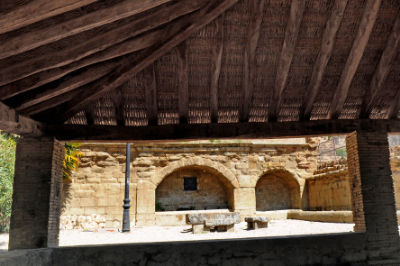
CLUE: ARAB BATHS
LOCATION
CLUE: ARAB BATHS
There is documentation in which we are told that at the Fountain of Bolea used to be Muslim baths. Hygiene is fundamental in the Koranic religion. There are two ways to wash: the “Wudu” frees the body from minor impurities, and “Gusl” cleanses the body of major impurities, for example after having sexual relations. Muslims have to wash before prayer. How many times are they called to prayer a day? That will be your clue.
LOCATION
CLUE NO.5 CALLE HERRERÍAS
We enter the oldest part of the village of Bolea.
Bolea in the Andalusian era had a walled layout, although this has almost disappeared in its entirety. In the bar called La Muralla (The Wall) next to the Plaza Mayor, as its name suggests, there is a painting of the old wall. In the 11th century. Al-Udri, the Andalusian geographer and historian, wrote that Bolea has “a beautiful wall”.
The houses were aligned from the highest part of the town, where the castle is, in radial form, following the contours of the terrain. The narrow streets still run parallel to the buildings, forming the urban complex in the shape of a semicircle, whose centre is the summit of the hill. The streets are called Calle Castillo, Calle Horno and Calle Herrerías.
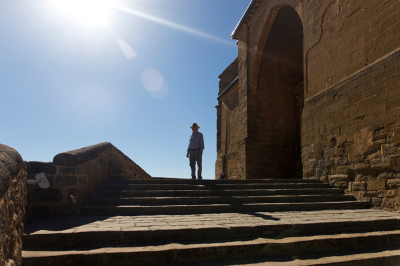
CLUE: THE LOST HISN
LOCATION
CLUE: THE LOST HISN
Bolea in the tenth century was a fortified Andalusian square with a castle (Hisn) that served as a refuge for the rural population of a strip of frontier that acted as a forward defence for Huesca. It was one of the last places to fall during the Reconquest, and the castle of Bolea acted as a Muslim counterbalance to the Christian castle of Loarre.
The castle was remodelled. Do you know into what? It is in the highest part of the town and is the main building. Add the number of letters until you have only one digit.
LOCATION
CLUE NO.6 COLLEGIATE CHURCH OF SANTA MARÍA LA MAYOR
This is a magnificent temple with a main altarpiece that was made between 1490 and 1503. It is one of the most beautiful works of art you can find in all of Aragon. The altarpiece is made up of sculptures in which you can see Christ, the Virgin Mary and other saints, accompanied by angels. Just above it is the Virgin in prayerful attitude on a crescent moon – remember Bolea’s Muslim past – and flanked by angels. Above we see a crucified Christ accompanied by the Virgin and Saint John. They are not the only carvings; there are saints and angels with the shield of Bolea.
We can also see a spectacular work of art from the beginning of the Renaissance period. It is unknown who painted this extraordinary altarpiece that reminds us of flamenco-style paintings for the richness of its colours. But currently, we still do not know the identity of this Master Painter of Bolea.
On the altarpiece, from top to bottom, you can see the story of Christ from the Annunciation to the Blessed Virgin Mary, through to the last supper and the crucifixion.
We leave you the internet link to all its history and description, so you can enjoy the Collegiate as it deserves, and satisfy all your curiosity. Even alchemy symbols!
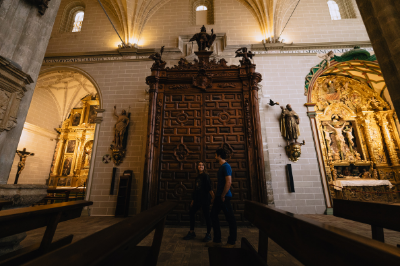
CLUE: A LOT OF ART IN JUST A FEW METERS
HOURS
LOCATION
CLUE: A LOT OF ART IN JUST A FEW METERS
The main altarpiece is extraordinary, but do not be blinded by just this one! In the Collegiate, you will find ten more chapels. Two of them are to the sides of the main altar.
Look at the San Sebastian chapel – all the sculptures have the same face; Is it the sculptor himself who is depicted? How many sculptures are there? That will be your clue.
HOURS
The schedules of the Collegiate Church change during the different annual seasons.
Consult them here: http://www.colegiatadebolea.es/
LOCATION
DO YOU HAVE ALL THE CLUES?
UNLOCK THE TREASURE
Remember that you must put all the numbers you have obtained in the clues in the correct order, according to the Web page.
